
Mounting a draw wire sensor requires careful consideration of environmental factors, mechanical stress points, and installation best practices to ensure reliable long-term performance. These precision measurement devices translate linear displacement...
VIEW MORE
With 2026 on the horizon, advancements in precision measurement technology are reshaping industrial workflows. Draw wire displacement sensors are emerging as key players, quietly enhancing how linear motion is monitored in everything from heavy equip...
VIEW MORE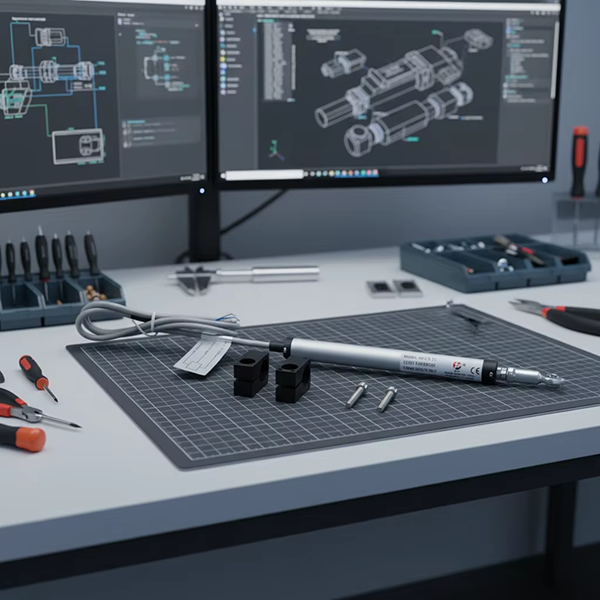
In the world of industrial automation and precision engineering, choosing the right linear position transducer can make or break a project. Jiangxi SOP Precision Intelligent Manufacturing Technology Co.,Ltd. is a professional manufacturer and high-te...
VIEW MORE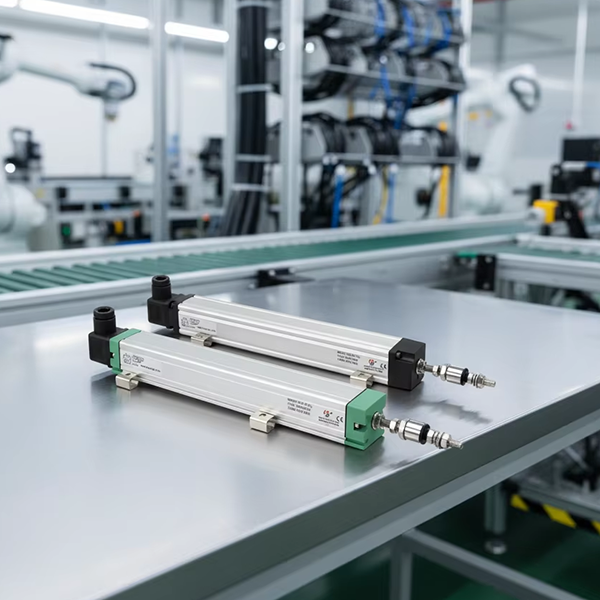
When I first started working in industrial automation, I was fascinated by how machines "knew" their exact position with pinpoint accuracy. Over time, I realized that behind this magic lies a unsung hero: the linear displacement sensor. These devices...
VIEW MORE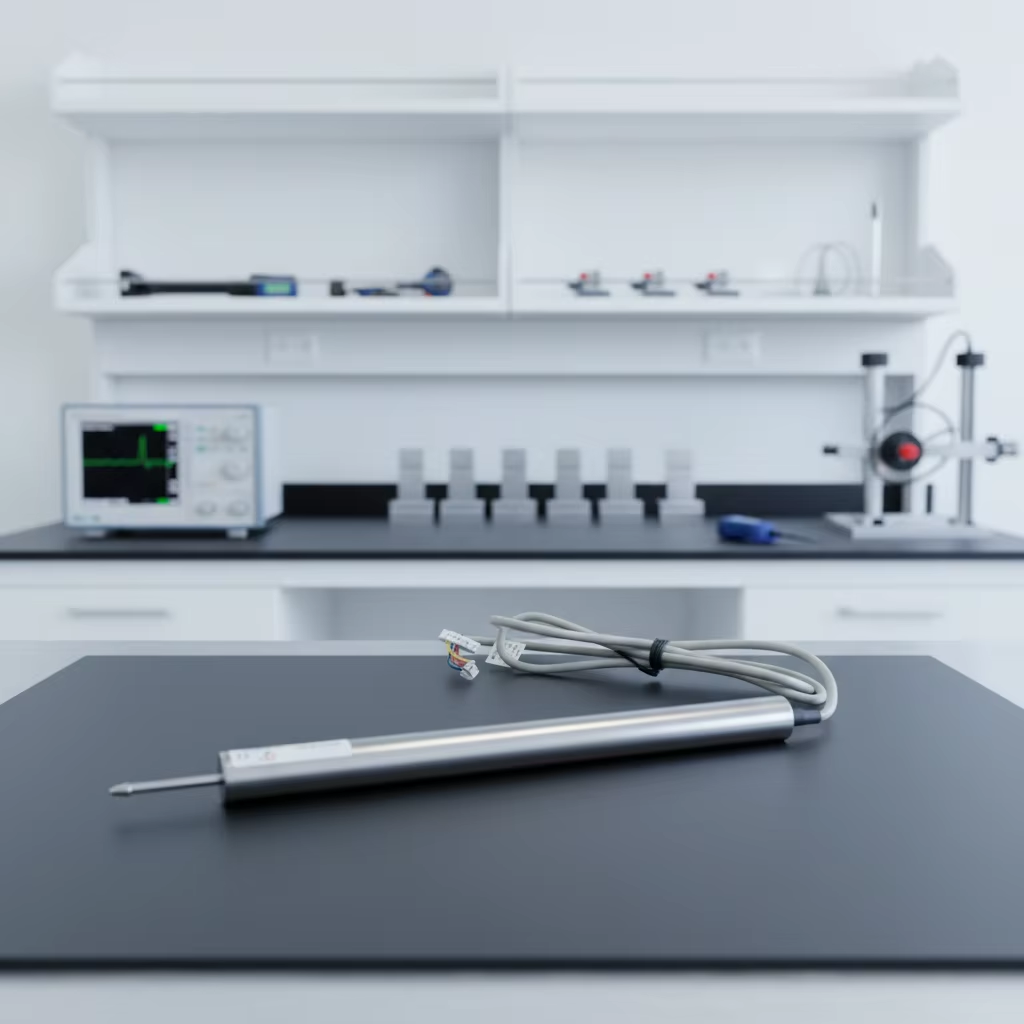
Linear Variable Differential Transformers (LVDT) sensors are precision measurement devices that require specific power supply considerations to operate effectively. Understanding the power requirements for an LVDT sensor is crucial for engineers and ...
VIEW MORE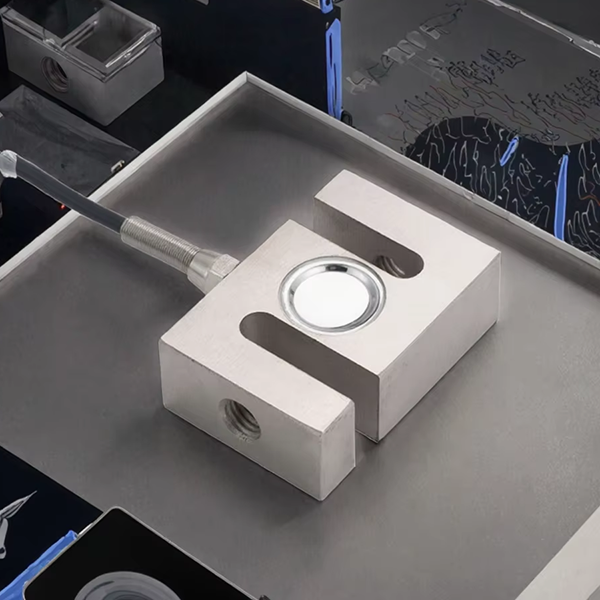
As we move into 2026, the load cell industry is buzzing with innovation and shifts in demand. Speaking from experience in industrial automation, I’ve seen firsthand how these tiny force transducers—those unsung heroes measuring weight, te...
VIEW MORE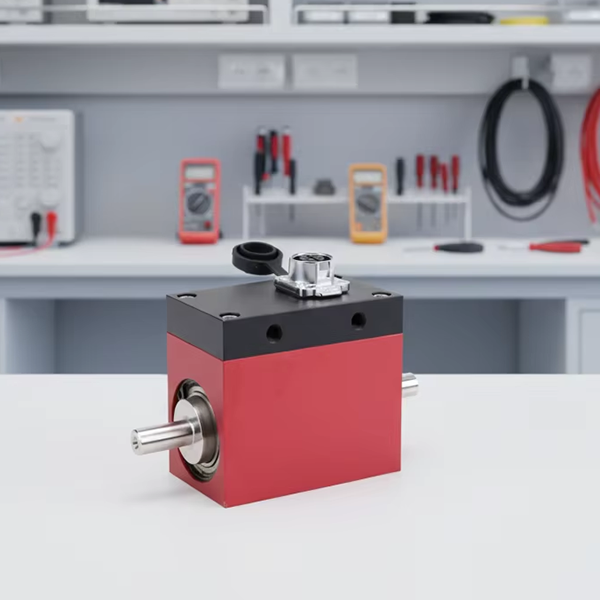
As an engineer who spent years on factory floors and R&D labs, I’ve seen firsthand how a single tool can make or break a production line. Today, let’s talk about dynamic torque sensors—the unsung heroes of precision measurement. The...
VIEW MORE
Hey there, fellow tech enthusiasts! Ever wondered how massive industrial scales or cranes manage to weigh colossal loads with pinpoint accuracy? Well, let me introduce you to the unsung hero behind these marvels—the spoke type load cell. This l...
VIEW MORE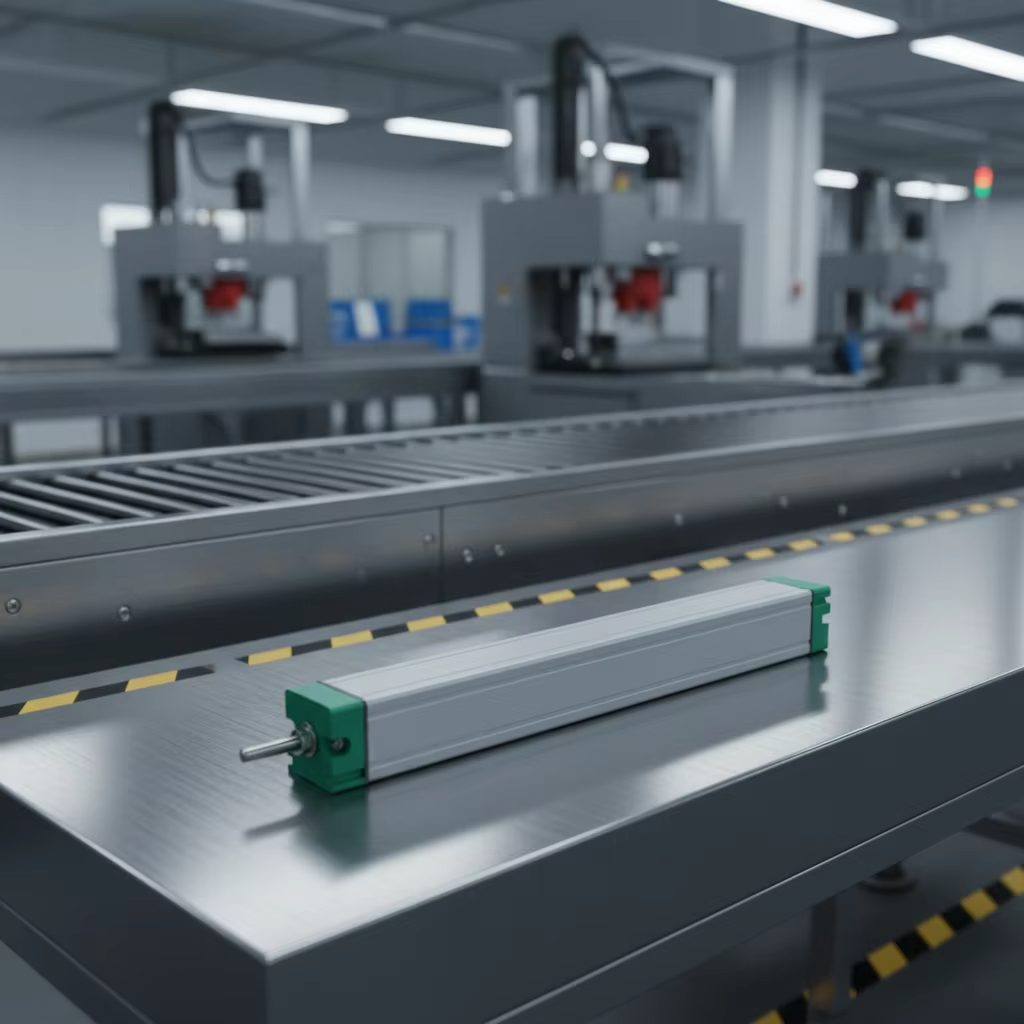
Manufacturing facilities worldwide rely on precise measurement technology to maintain quality control and operational efficiency across their production lines. The implementation of advanced sensing equipment has become essential for modern industria...
VIEW MORE
Linear Variable Differential Transformers (LVDTs) have become integral components in modern industrial automation systems, offering precise position measurement capabilities across diverse applications. The integration of LVDT sensor technology with ...
VIEW MORE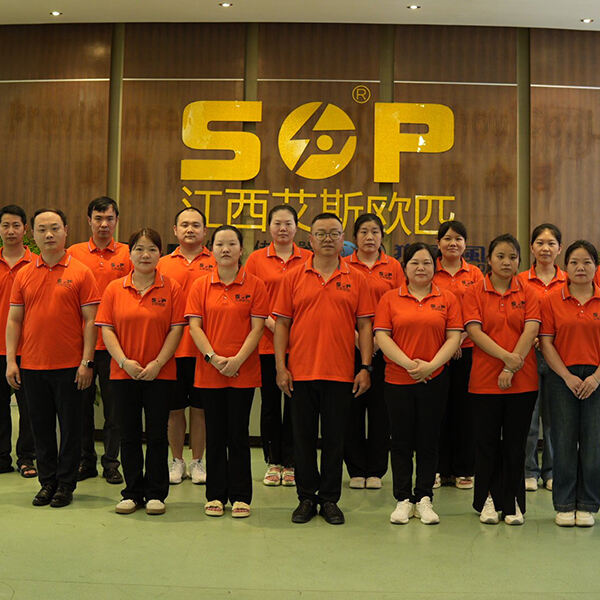
Geographical Location The company is situated on the 2nd floor, Building 11 (Area A3), Phase I Workshop of Jinling Science and Technology Park, Ganzhou Economic and Technological Development Zone, Ganzhou City, Jiangxi Province. This location offers ...
VIEW MORE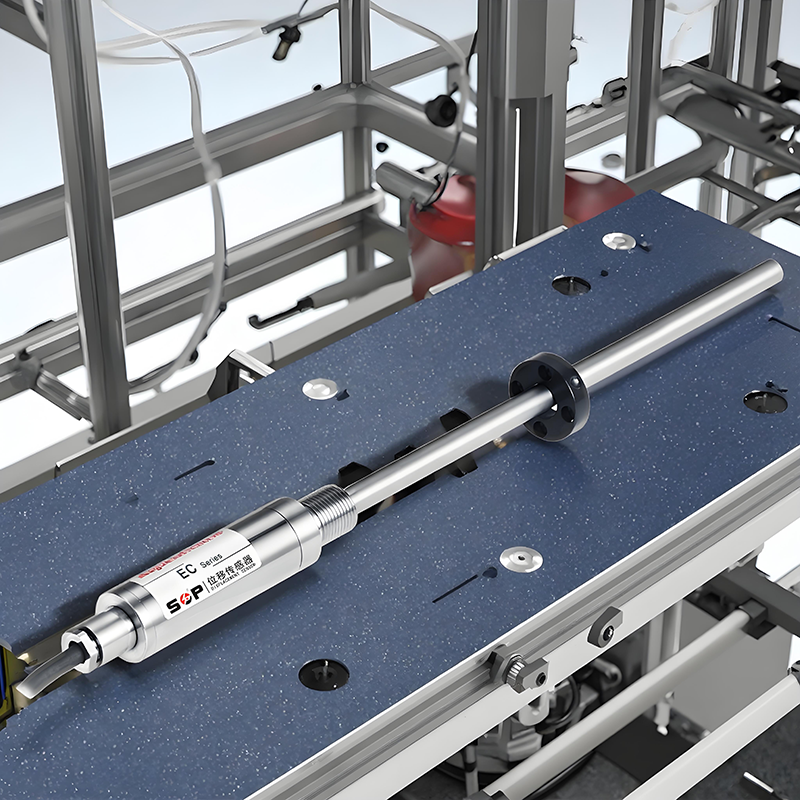
Understanding Magnetostrictive Technology in Hazardous Environments The implementation of magnetostrictive sensors in potentially explosive environments has become increasingly critical across multiple industrial sectors worldwide. Jiangxi SOP Precis...
VIEW MORE